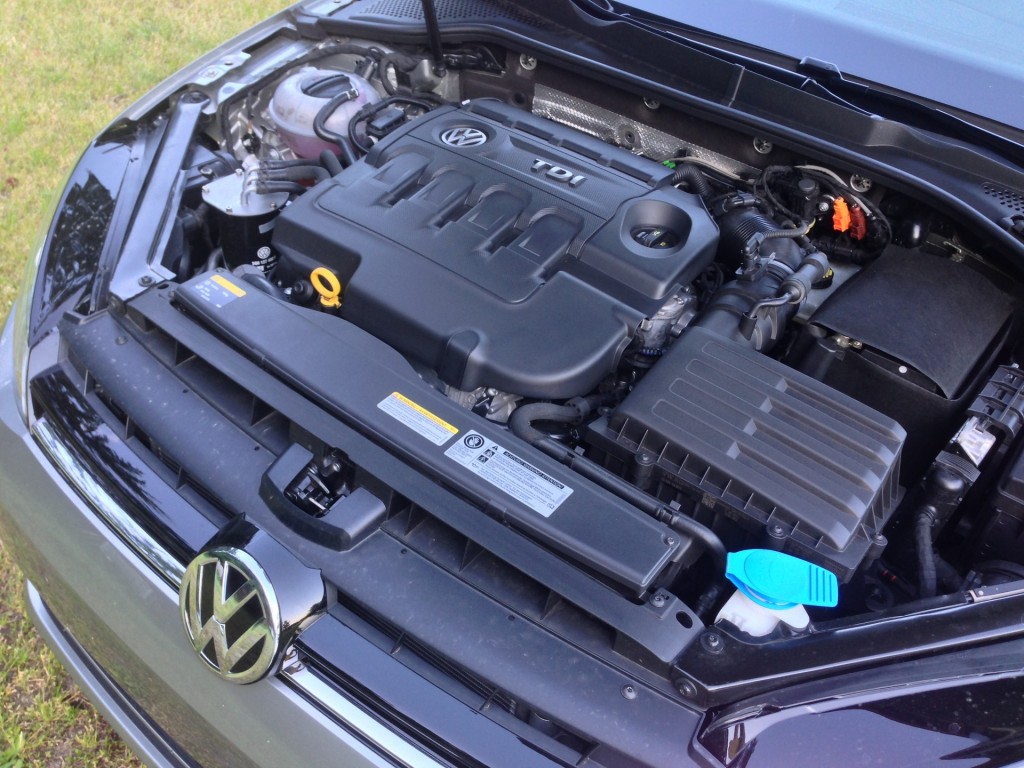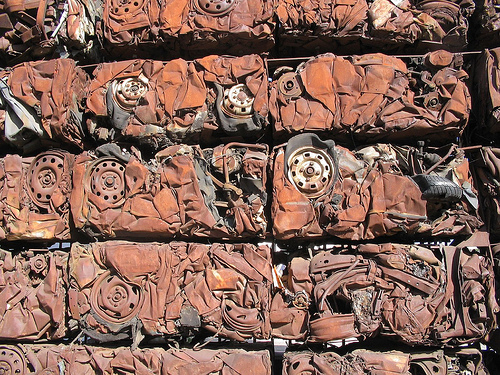After nine long months, the details of the VW diesel emission proposed settlement are out—hundreds of pages of them in at least 18 documents.
Right up top is the requirement that Volkswagen buy back at least 85 percent of the affected VW and Audi vehicles fitted with its TDI 2.0-liter four-cylinder diesel engines.
According to VW, 466,000 affected cars are left on the road out of 499,000 built.
DON'T MISS: VW diesel settlement details: buybacks, payments, modifications, fines, more
That means VW must attempt to buy back at least 396,000 cars over the next three years.
So what will it do with them?
Asked that question, Volkswagen's Jeanine Ginivan said, "No decisions have been taken as to what Volkswagen will do with the vehicles we buy back."

2014 Volkswagen Passat TDI
But by far the most likely answer is that it will "disable" them by ensuring that their engines can't be reused, and then sell them to scrapyards to be parted out.
The details are contained in Section 7.2 of Appendix A of the full 225-page proposed settlement document. Specifically:
7.2.1. Vehicles Rendered Inoperable.
All Eligible Vehicles returned to Settling Defendants through the Recall Program shall be rendered inoperable by removing the vehicle’s Engine Control Unit (“ECU”) and may be, to the extent possible, recycled to the extent permitted by law. No Eligible Vehicle that is rendered inoperable may subsequently be rendered operable except as allowed by and in compliance with subparagraph 7.2.3 below and Appendix B of this Consent Decree.
FOR REFRENCE: VW Proposed Settlement Document Library
The following sections cover parts salvage and the potential for resale or export of the vehicles that have been bought back.
It's permissible to salvage the cars, or "part them out" for reuse.
Their parts may be resold or exported—except that "in no event may the ECU, diesel oxidation catalyst, or diesel particulate filter be salvaged, resold, or exported."

2015 Volkswagen Golf TDI SE
As for exporting them to another country, that too is allowed—but only if they have first received an Approved Emissions Modification that brings the cars into compliance with EPA limits on nitrogen oxide emissions.
And that's the rub. As the agreement notes in several places, such modifications haven't yet been developed and approved—and there's no guarantee that they ever will be.
And if modifications can't be developed for some or all of the various sets of engines and emissions systems, the cars using them must be disabled.
CHECK OUT: Killing Your Clunker Correctly: How a Dealer 'Disables' It (Aug 2009)
In effect, VW has three years to buy back almost 400,000 cars.
It could wait to see if it can develop modifications to some of them.

Cars Crushed Into Cubes
Those would most likely be the 2015 models with the latest EA288 diesel engine and selective catalytic reduction (urea injection) exhaust after-treatment systems.
But even if it develops such a solution, it will have to be approved by the EPA and the California Air Resources Board.
That would almost surely require several months of real-world testing to ensure the cars actually comply with the limits in real-world use.
At this point, we suspect those agencies have little interest in helping VW and Audi keep the TDI diesel cars on the road—so testing would be thorough and onerous.
Or, VW could simply bite the bullet, buy back as many cars as it can, and scrap them.
ALSO SEE: All our news stories on Volkswagen diesel scandal
That's almost surely the fate of up to 325,000 vehicles with the older EA189 engine and no urea-injection system. They're oldest, dirtiest, and worth the least.
If it's any consolation to diesel fans, at least the Proposed Agreement doesn't appear to require the engine in each car to be destroyed by running it until it seizes.
For a reminder of how that process worked, see this video from 2009, in which a dealer demonstrates how a car is "disabled" under the rules of the "Cash for Clunkers" program.
_______________________________________













